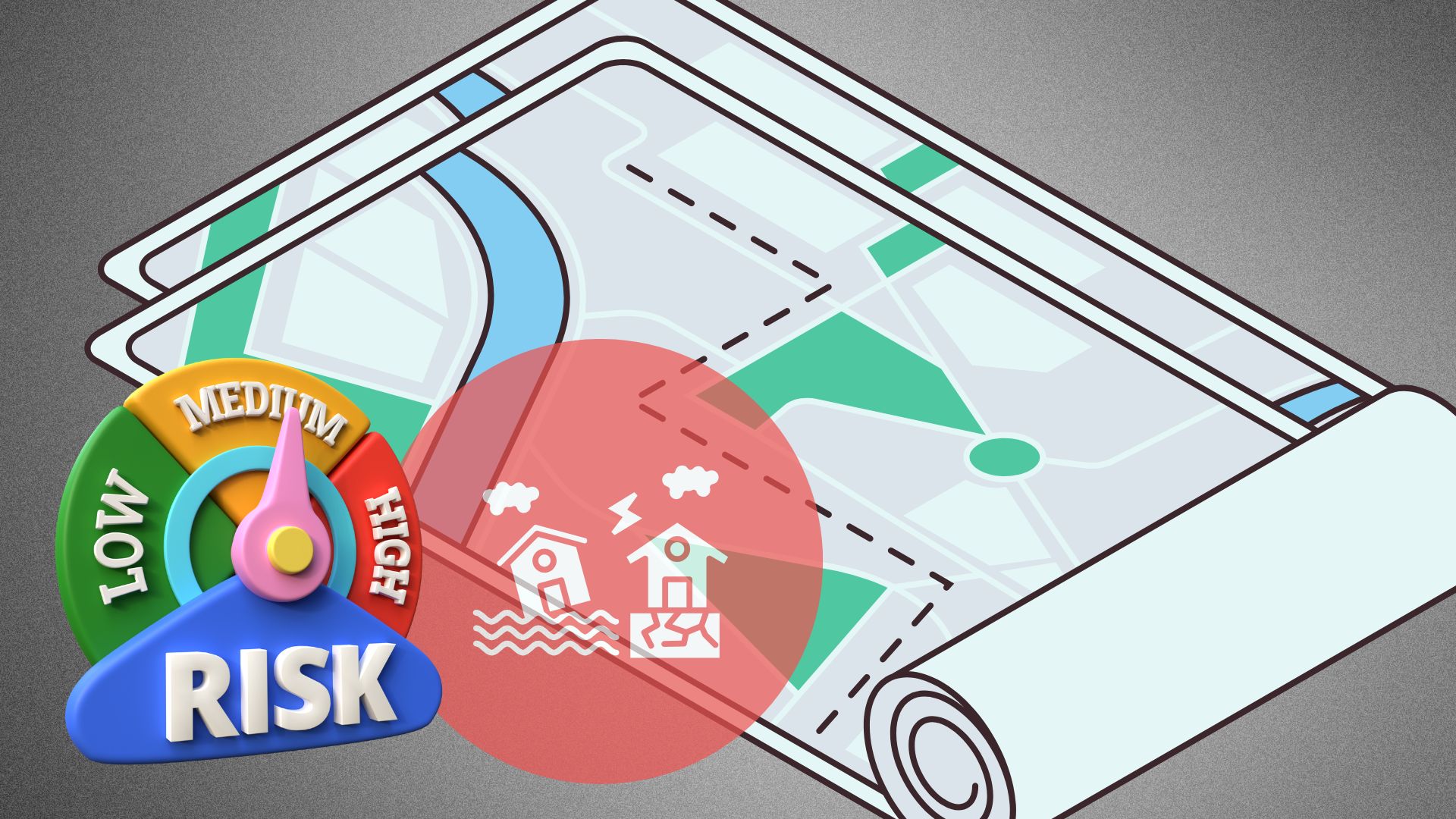Weather Disasters and Rising Insurance Costs: A Barrier to Millennial and Gen Z Homeownership
Homeownership has long been seen as a pillar of the American Dream, but for Millennials and Gen Z, that dream is becoming increasingly out of reach. It’s not just student loans or sky-high housing prices putting a dent in young buyers’ ambitions. Severe weather disasters and rising home insurance costs, fueled by climate change, are rewriting the rules of who can afford to own a slice of real estate.
The Cost of Climate Change Hits Home
For Millennials and Gen Z, the risks of owning a home extend far beyond a broken HVAC system. Climate-related natural disasters like hurricanes, wildfires, and floods are occurring with increasing frequency. These aren’t just weather events; they’re price tags waiting to happen. For homeowners in high-risk areas, the average cost of home insurance has surged. By 2025, monthly premiums ballooned to an average of $192. For younger buyers already stretched thin by rising living expenses, this added cost can be a dealbreaker.
But insurance isn’t the only worry. A recent survey revealed that 61% of Millennials and 69% of Gen Zers find homeownership less appealing due to severe weather risks. Compare that to 42% of Gen X and just 26% of Baby Boomers who share the same concern, and you see a stark generational divide. For younger potential homeowners, climate change isn’t a distant news story; it’s a force reshaping their financial futures.
Feeling the Burn (or the Flood)
It’s not just the price of insurance scaring young buyers off. Property damage caused by disasters is a real and growing fear. Across all generations, 69% worry about their homes being damaged in high-risk areas. But younger generations are hit harder. More than half of Millennials (53%) and nearly two-thirds of Gen Z (62%) say they now factor local disaster risks into where they’d consider living. What used to be an afterthought has become a make-or-break criterion for deciding where to plant roots.
While many Baby Boomers can afford to focus on lifestyle factors, like living close to family or enjoying retirement in sunny states, many Millennials and Gen Zers are doing risk assessments. States that were once no-brainers for their low cost of living, like Florida and Texas, are now under scrutiny thanks to escalating hurricane threats and flooding risks.
Generational Gaps in Preparedness and Perception
If you’re a Millennial or Gen Zer, odds are you’ve considered disaster preparedness far more seriously than your parents or grandparents. Research shows that 96% of younger homeowners have taken at least one step to safeguard their homes against natural disasters. This includes installing storm shutters, upgrading roofs, and prepping for floods with barriers like sandbags. Yet, younger homeowners still feel anxious about their homes’ resilience.
For older homeowners, the story is different. While 81% of Baby Boomers express confidence in their ability to weather storms (literally and figuratively), 40% admit they haven’t taken basic protective measures, like reinforcing their roofs or improving drainage systems. This confidence gap might come from a perceived lower level of climate risk or simply years of experience riding out milder weather events. But as severe weather grows increasingly unpredictable, younger generations aren’t taking any chances.
The Insurance Premium Dilemma
Here’s where things get especially thorny. Rising insurance costs are hitting young potential homeowners where it hurts most—in the wallet. For Millennials and Gen Zers, 41% and 44%, respectively, cite insurance as one of the main reasons they’re holding off on buying a home. And who could blame them? With costs climbing faster than wages, it’s easy to see why younger Americans are reconsidering the whole idea of homeownership in disaster-prone regions.
What’s worse, even when they do secure insurance, there’s the lingering question of whether claims will be honored after a catastrophe. Nearly 63% of Americans worry about claims being denied, adding another layer of financial insecurity to what should be their safe haven.
Can We Adapt? The Path Forward
With so many challenges stacked against homeownership for younger generations, you might wonder if the outlook is all doom and gloom. But there are steps individuals and communities can take to adapt.
First, look for homes built with resilience in mind. Nearly 79% of Americans say they’d pay more for homes that feature disaster-resistant materials like reinforced roofs and impact-resistant windows. Communities can also lobby for updated building codes that prioritize safety and durability in high-risk areas.
Second, using technology like flood sensors or weather monitoring apps can give homeowners an edge in disaster preparedness. Smart upgrades don’t just protect your property; they may also help lower insurance premiums over time.
Finally, clarity in insurance policies is key. Reviewing your coverage to ensure it includes protection against natural disasters is critical. Many policies don’t automatically cover events like floods or earthquakes, so some additional research and investment in the right coverage can go a long way.
Building a More Resilient Future
For Millennials and Gen Z, the financial and emotional calculus of buying a home has fundamentally changed. Climate change is no longer a distant threat; it’s a real factor shaping decisions and lives. The housing market, insurance industry, and even local governments need to pivot to address these challenges head-on. Actionable solutions like improved building materials, community disaster education, and accessible insurance policies aren’t just wishful thinking; they’re essential.
Younger generations may face higher hurdles to homeownership, but with better preparedness and proactive reforms, the American Dream doesn’t have to wash away with the next flood.


